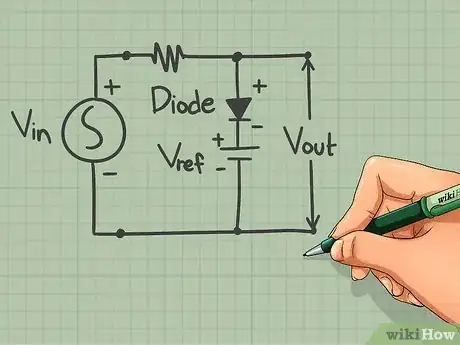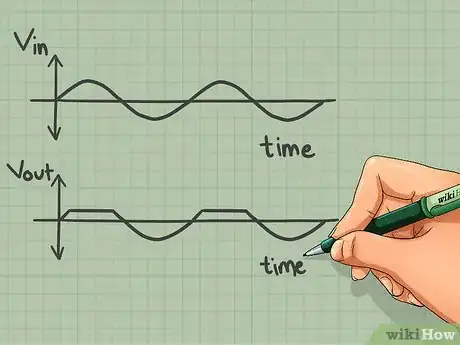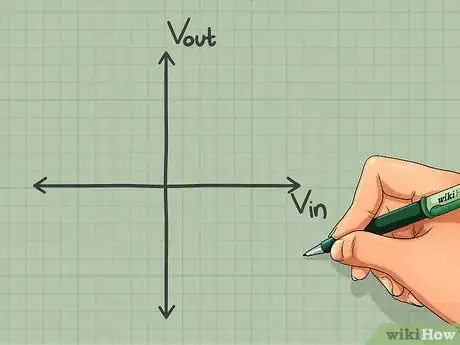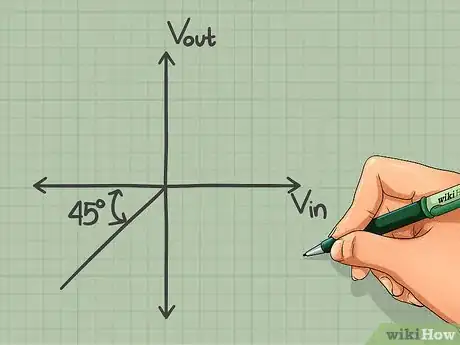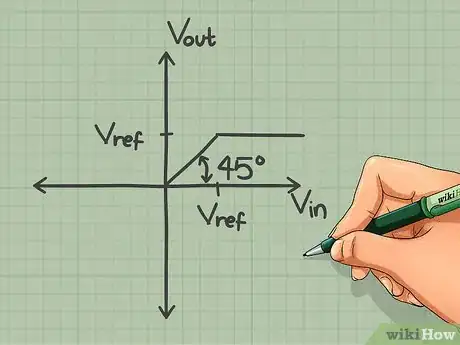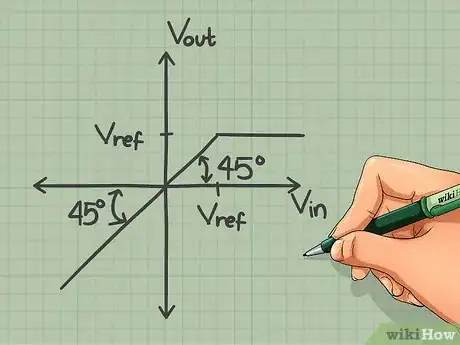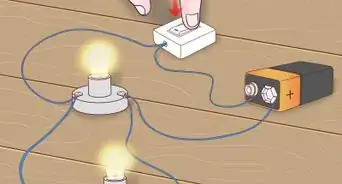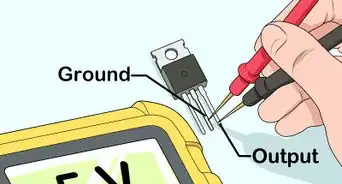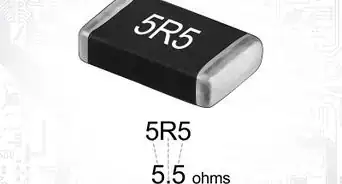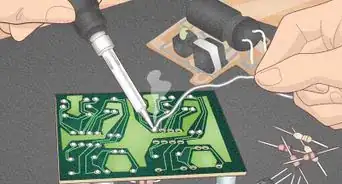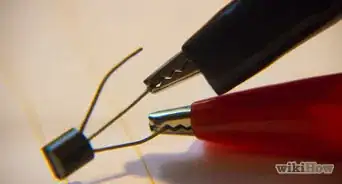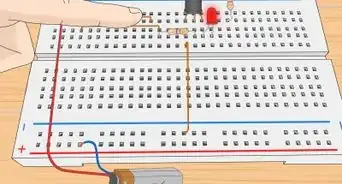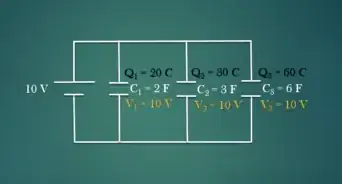wikiHow is a “wiki,” similar to Wikipedia, which means that many of our articles are co-written by multiple authors. To create this article, volunteer authors worked to edit and improve it over time.
This article has been viewed 39,512 times.
Learn more...
Electronics and electrical students must learn the concepts of clipping circuits, and they must solve problems related to clipping circuits. Clipping problems are not fully completed until you draw the transfer characteristics of that circuit. In fact, many of the questions related to clipping circuits includes transfer characteristics as a part of that question. Drawing the transfer characteristics for a circuit becomes easy once you understand the circuit completely. Transfer characteristics for a basic diode clipping circuit is defined as the plot of input voltage (Vinp in the X axis) V/S output voltage (Vout in the Y axis) of that circuit.
Steps
-
1Understand the basic diode clipping circuits completely. Drawing the transfer characteristics for the circuit becomes easy, if you understand the circuit completely and able to get it's output waveform.
-
2Examine the output waveform for the above circuit. Understand the output waveform of the circuit. Observe the Vref (reference voltage) line, which is in the positive X axis in the input waveform, also observe that above the Vref line, the output gets limited to Vref in the output waveform.Advertisement
-
3Transfer characteristics must be analysed for positive and negative input voltages. Since transfer characteristics is defined as the plot of Vinp (input voltage) versus Vout (output voltage), input voltage may be positive, negative or zero.
- Therefore, start the analysis for both types of inputs. Make a note of the output voltage obtained for the corresponding input voltage. Plotting becomes easy if you start analyzing the circuit from the negative input voltages (however, you can also start analysing from positive input voltages).
-
4Analyse the circuit for negative input voltages. When the negative input voltage is applied to the circuit, diode (Ideal) becomes reverse biased. Hence, the circuit becomes open and no current flows through the circuit.
- Therefore, the output voltage at any point simply follows the input voltage at that point, without any modification. Plotting the graph of Vinp versus Vout in this condition results in a graph of straight line having a slope (defined as tan θ = Δ Vout/Δ Vinp) of 1 because, as Vinp changes, Vout also changes, but the amount of change in Vinp and Vout are equal at any point, as the output follows the input. Therefore Δ Vout = Δ Vinp = a (some value), now the value of tan θ = a/a=1, and hence θ = 45'.
-
5Analyse the circuit for positive input voltages. For the positive input voltages less than the Vref, the diode (Ideal) is reverse biased. Therefore, the circuit becomes open and no current flows through the circuit.
- In this condition, the input applied is simply reflected as output without modification. The graph is a straight line originating from the origin, having an angle of 45' with the X-axis (or Y-axis). When the input voltage exceeds the Vref, the diode (Ideal) becomes forward biased and hence it is a short circuit.
- The output will be equal to the magnitude of Vref. Hence, you can get a graph of a straight line from Vref point, which is parallel to the X-axis. The slope of this line is zero because, as Vinp changes, Vout does not change, but it remains constant to Vref. That is, the value of Δ Vout= Vref - Vref= 0 and the value of Δ Vinp= Vinp2 - Vinp1= b (some value). Therefore tan θ = 0/b = 0.
- In this condition, the input applied is simply reflected as output without modification. The graph is a straight line originating from the origin, having an angle of 45' with the X-axis (or Y-axis). When the input voltage exceeds the Vref, the diode (Ideal) becomes forward biased and hence it is a short circuit.
-
6Draw the transfer characteristics. After analysing the circuit for positive and negative input voltages completely, plot the graph. Transfer characteristics for the above circuit is as shown in the figure. Observe the slope of that graph for Vinp less than Vref and more than Vref.
Community Q&A
-
QuestionCan transfer characteristics be in the fourth and second quadrant?
 Manoj kumarCommunity AnswerTransfer characteristics can be in any quadrant, that depends on the circuit design and behavior of the circuit. For example, in the Schmitt trigger circuit, you can find the transfer characteristics in all the quadrants.
Manoj kumarCommunity AnswerTransfer characteristics can be in any quadrant, that depends on the circuit design and behavior of the circuit. For example, in the Schmitt trigger circuit, you can find the transfer characteristics in all the quadrants.
Warnings
- Value of Vm (or Vp or maximum positive voltage) must be greater than the value of Vref (Vm >> Vref), and the value of -Vm (or -Vp or maximum negative voltage) must be less than the value of Vref (-Vm << Vref) for the clipping action to happen.⧼thumbs_response⧽
